WVNLA members work together on outstanding community volunteer projects aimed at making the quality of life in our West Virginia communities the best it can be.
We are proud of the many good things that “flower” as a result of our Volunteers in Bloom program, and we look forward to many future projects.
2022: Natural Learning Environment
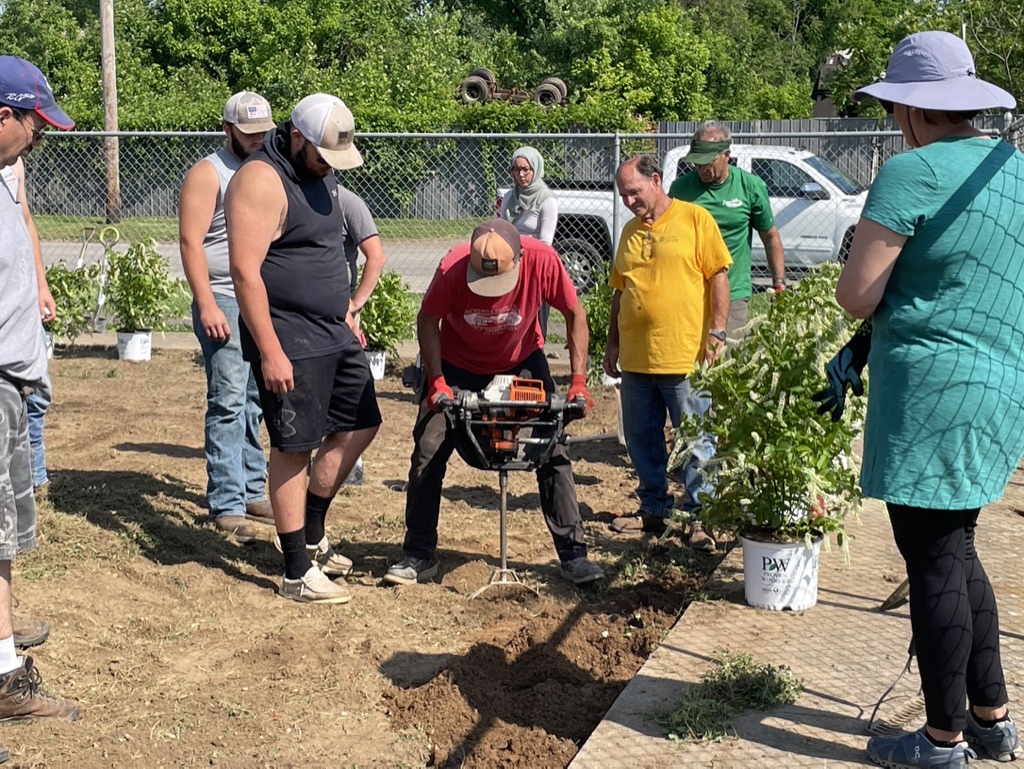
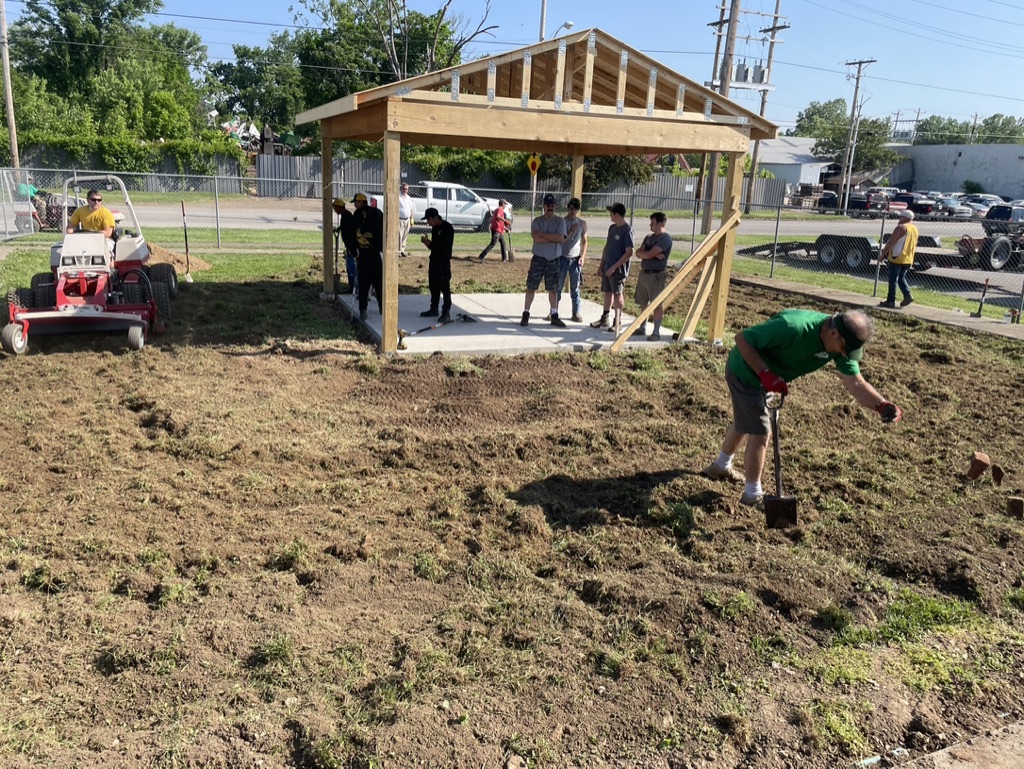
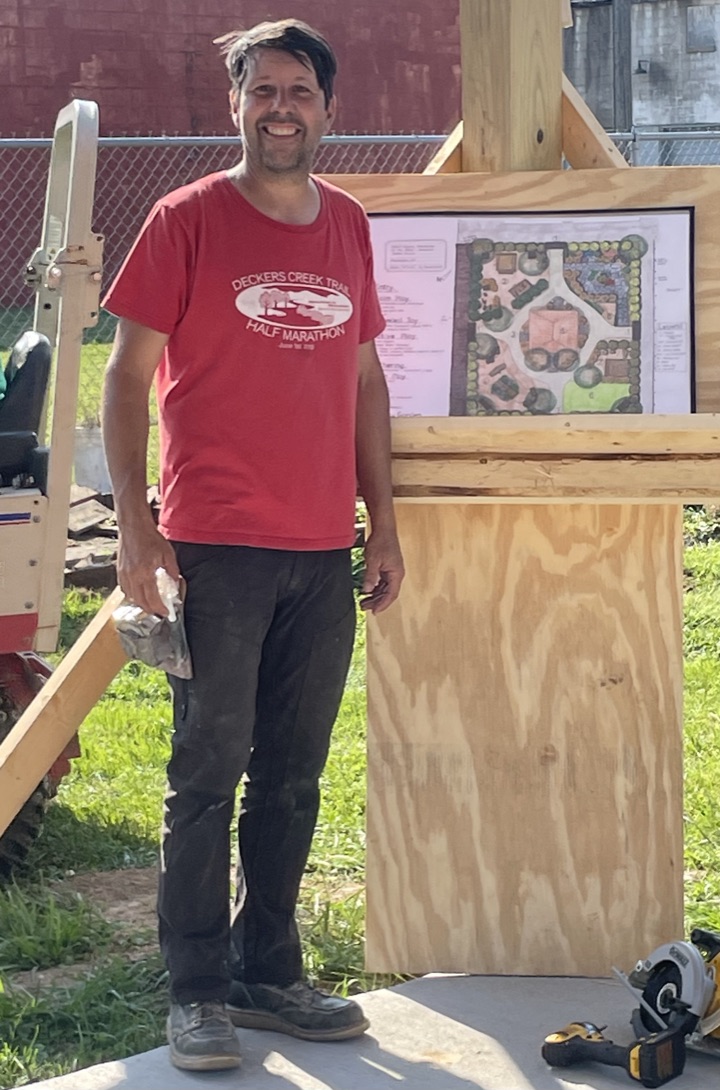
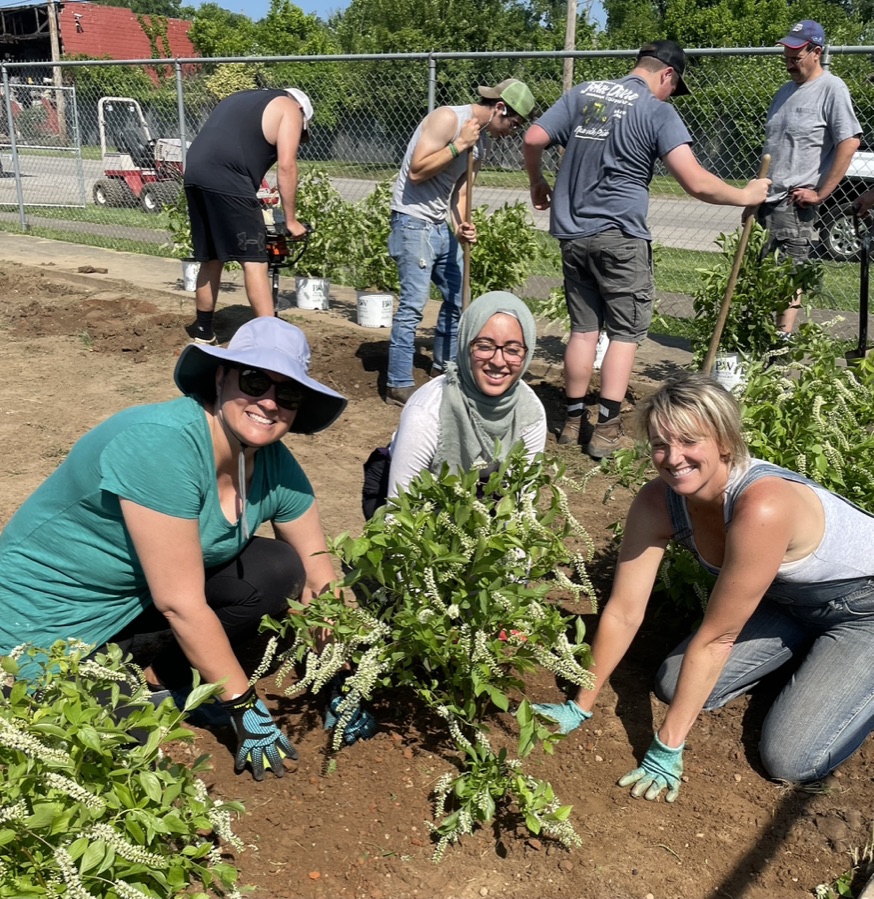
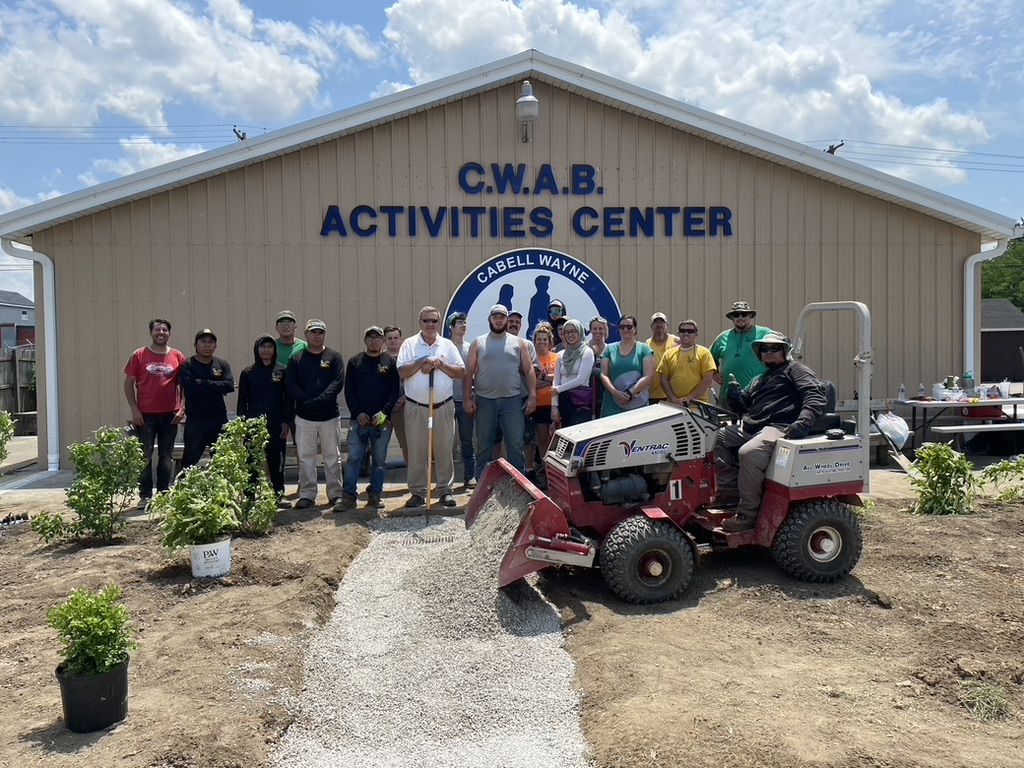
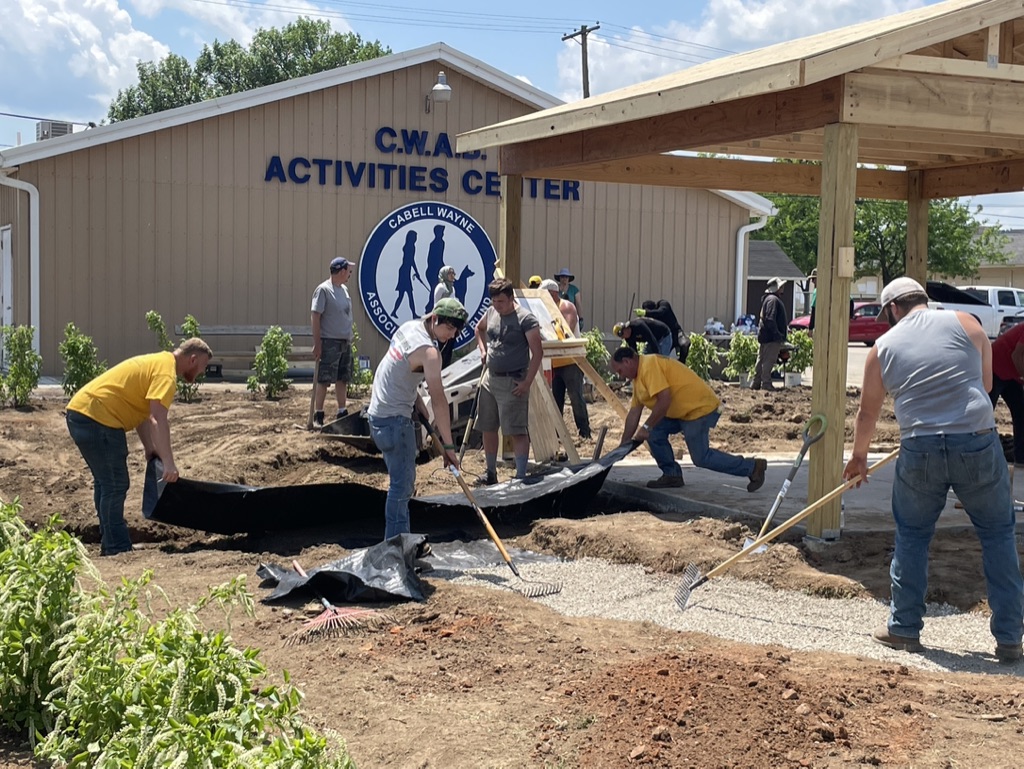
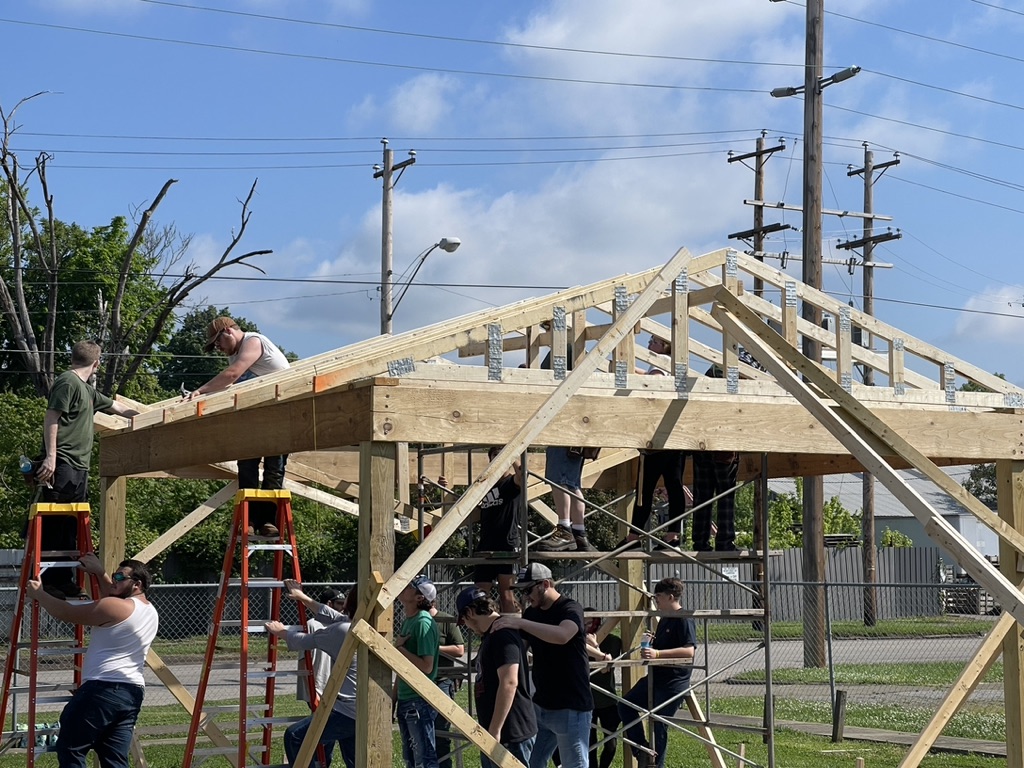
It was already hot at 9 a.m. on a Saturday in May when about 25 volunteers gathered on a grassy lot behind the Cabell-Wayne Association of the Blind (CWAB) in Huntington to install a play area. A concrete pad had been poured earlier, and a pavilion had been built, with trusses constructed and installed by students in Hugh Roberts’ carpentry class at Cabell Career and Technical Center.
Volunteers watched as John Perry of Grass Busters manned a Ventrac tractor and tiller to break up and remove the sod. In the sweltering 90-degree heat, volunteers pulled out chunks of sod, broken brick and other debris. Others pulled out the remains of a submerged horseshoe pit. Mark Springer of Lavalette Landscaping remembered installing the pit decades ago.
After the grass was removed, work began to dig, line with fabric, fill and tamp down gravel on the paths around the pavilion and the quadrants. The divisions will form themed play areas in the Natural Learning Environment.
The project is the brainchild of WVNLA board member and past president Dave Hill and current president Steve Saunders. Both have designated the funds available to them from the President’s Projects fund for this installation. Dave, who is a certified Natural Learning Environment designer and installer, wished to create the playground at CWAB in honor of a former board member Mike Bartholomew, whose daughter was born with serious eye issues.
Dave became interested in natural playgrounds after learning about a study that showed that children are losing the ability to play imaginatively. Their days are filled with structured activities in which a leader instructs them.
In a Natural Learning Environment, children use objects found in nature to create their own games and fun, without any instruction. The deceivingly simple set-up actually holds their attention longer than a playground filled with bright plastic equipment.
Subsequently, Steve added his president’s project allocation to the cause. Steve’s uncle and aunt, Willis and Mary Ann Saunders, were both blind and were active at CWAB.
Steve’s cousin Teri Saunders Booten, who is Willis and Mary Ann’s daughter, brought her family and friends, including five strong young men, to give a substantial labor boost to the project. “Both Mom and Dad were completely blind. Mom lost her sight as an infant when she developed an eye infection in 1940. They began to use antibiotics to treat eye infections in 1941. Dad had a rare bone condition that pinched off his optic nerve. Neither of them had any visual memory,” Teri explained.
Her parents met at the Romney School for the Deaf and Blind and eventually settled in Huntington, where they were active at CWAB. Teri’s father has passed away, but her mother still lives in Huntington.
In preparation for the project, Dave and Steve picked up and delivered supplies. Steve brought a bobcat, plate compactor and a dump truck to remove debris. John Perry also provided a power rake and tiller.
At the conclusion of Day One, the soil had been turned, landscape fabric placed, gravel pathways installed and the perimeter landscaping planted. A mix of family, friends and WVNLA members and employees all worked steadily. John Perry brought six Grass Busters employees who volunteered to help. Steve Saunders had four Saunders Lawn Care employees helping out. TerraCare landscape designer Eleanor Gould and her friend and landscape student Maram Moushmoush put in a full day’s work, as did Mark Springer, and, of course, Dave Hill.
“I’m really excited to have the opportunity to help install this beautiful playground,” Eleanor said, adding that she hadn’t had a chance to work on one in her career and was anxious to see what they were all about.
With the landscape and structural bones in place, the playground’s features will take shape during the next work party, scheduled for 9 a.m., Saturday, June 11. At it, volunteers will:
Construct wooden boxes for sandboxes and containers for loose parts in the Calm Play area;
Install stump steppers, a balance bridge and an elevated log in the Active Play area, along with an earthen slide, boulders and a rope rail;
Construct benches to be placed in the grassy Open Play area and other spaces;
Install talking tubes and sound tubes in the Music Area: and
Plant fragrant perennials and shrubs with soft structures that will attract butterflies and insects in the Sensory Garden, and also install log seats in the area.
The West Virginia Botanic Garden
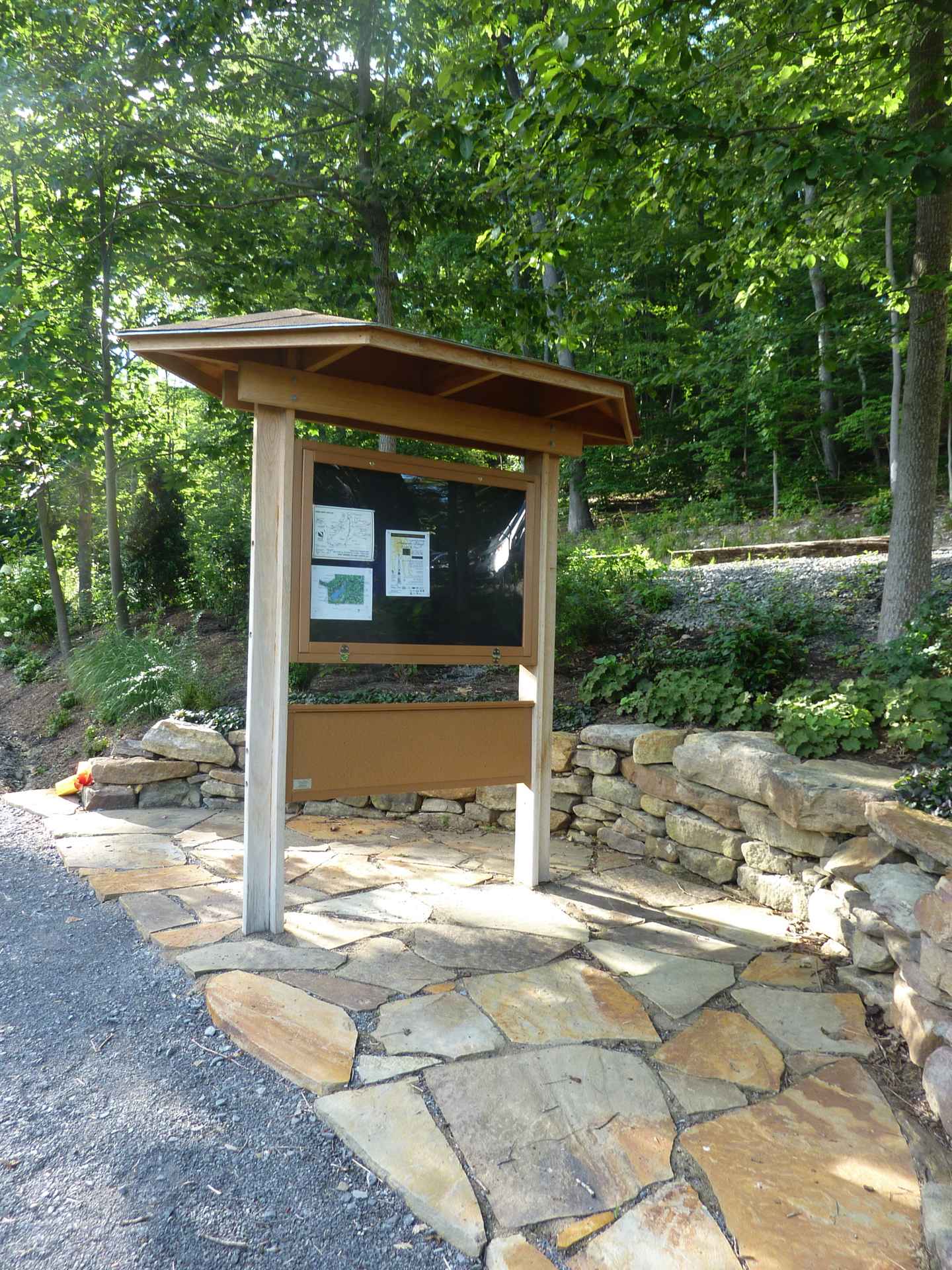
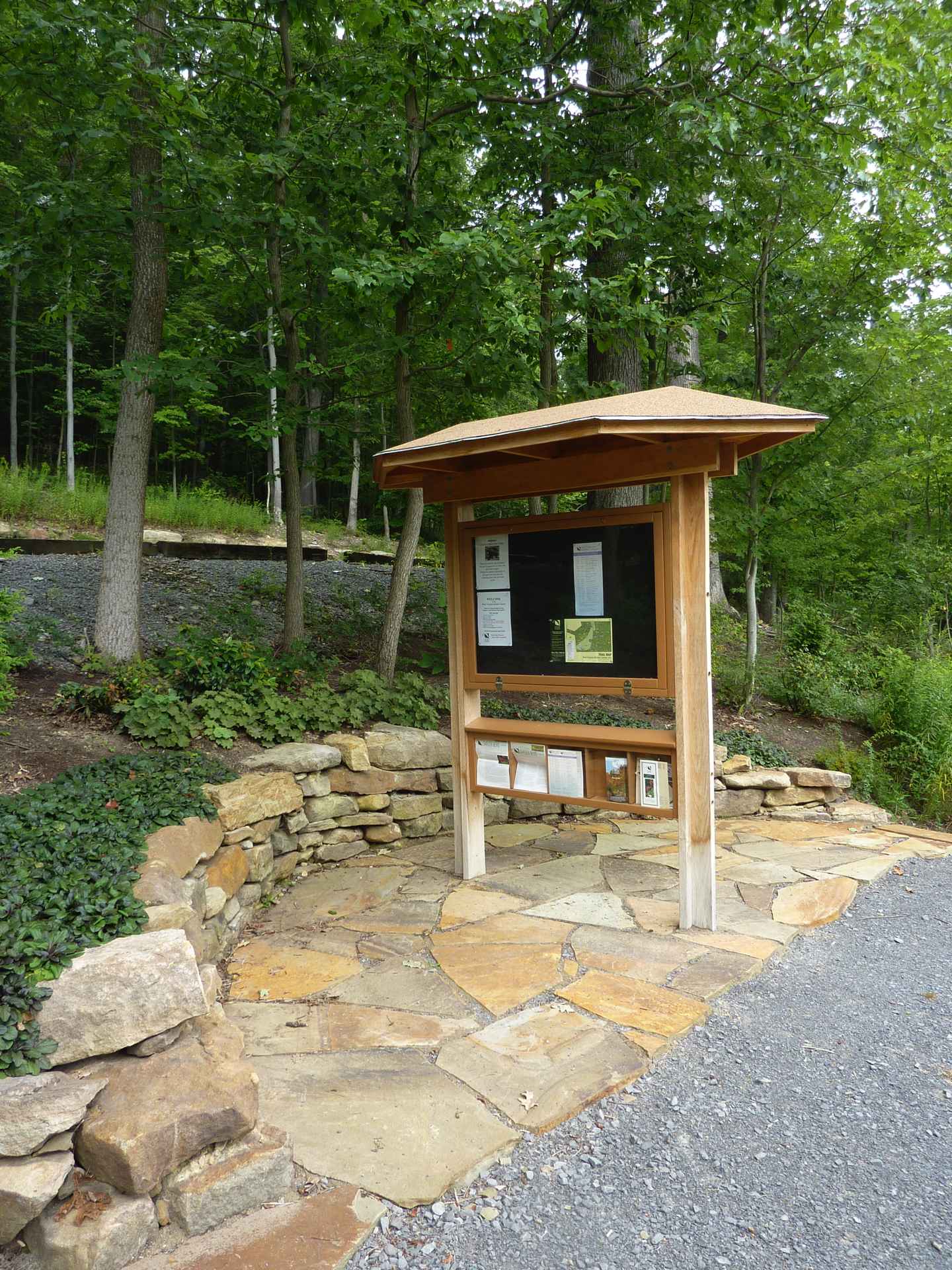
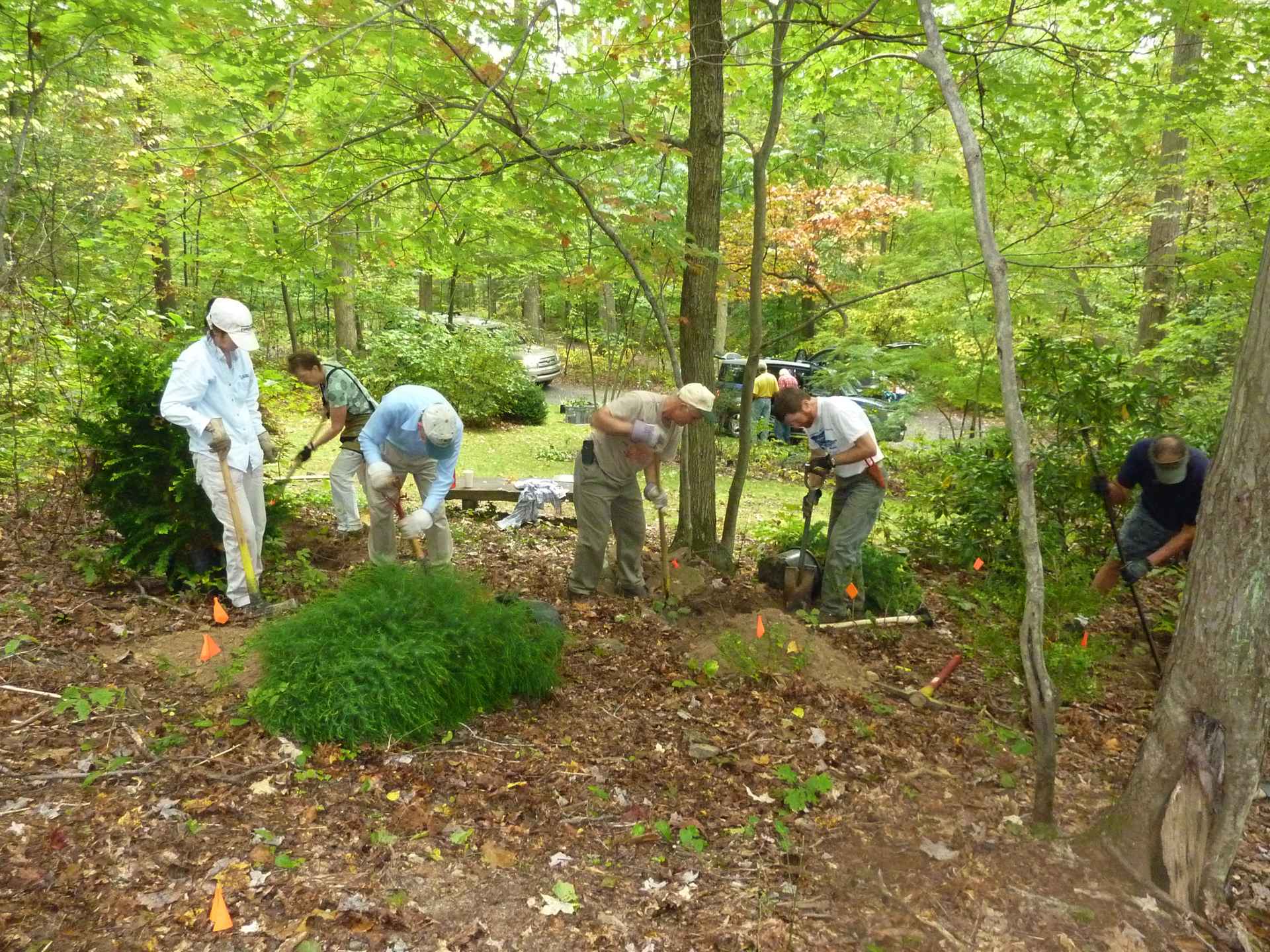
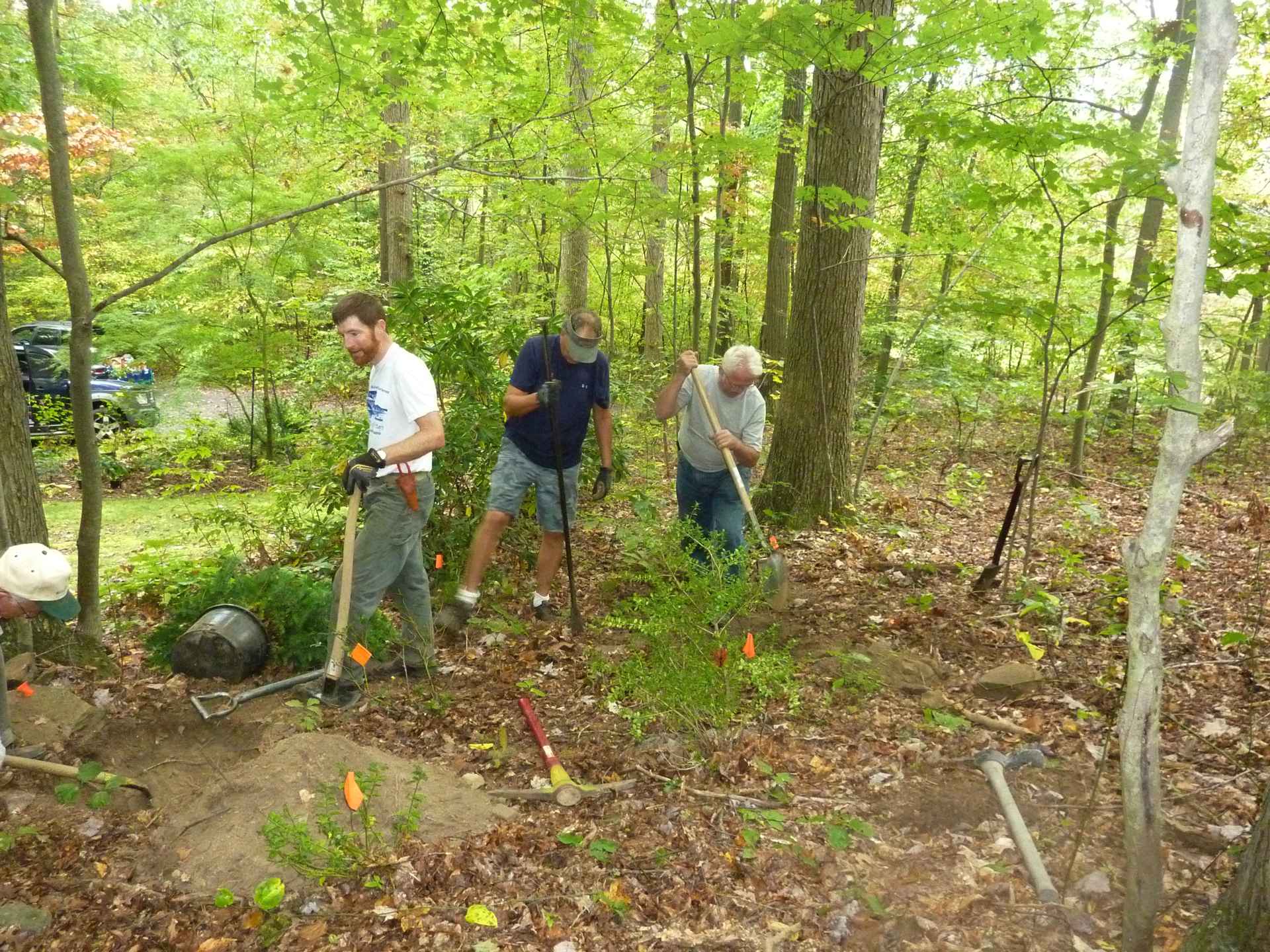
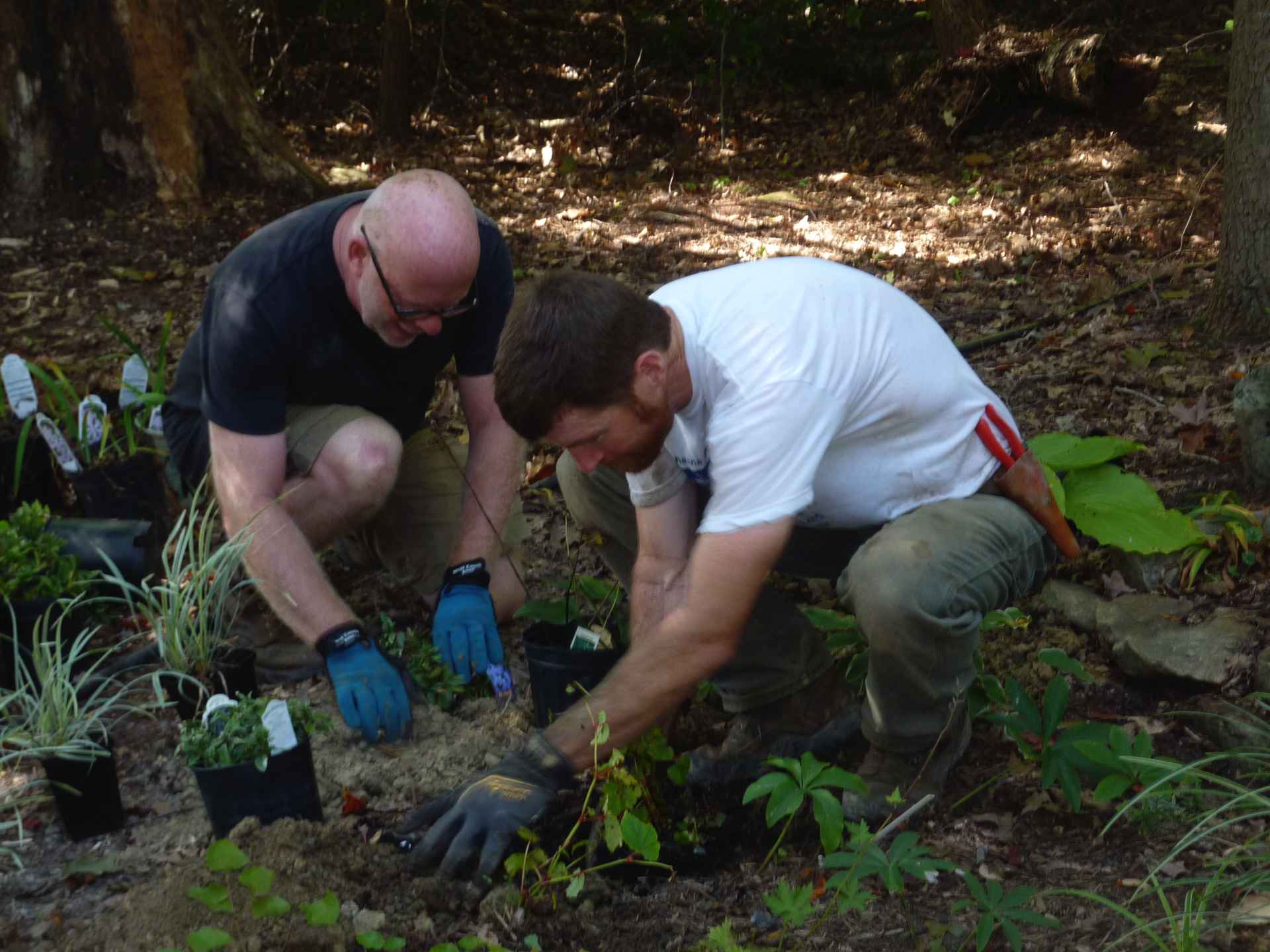
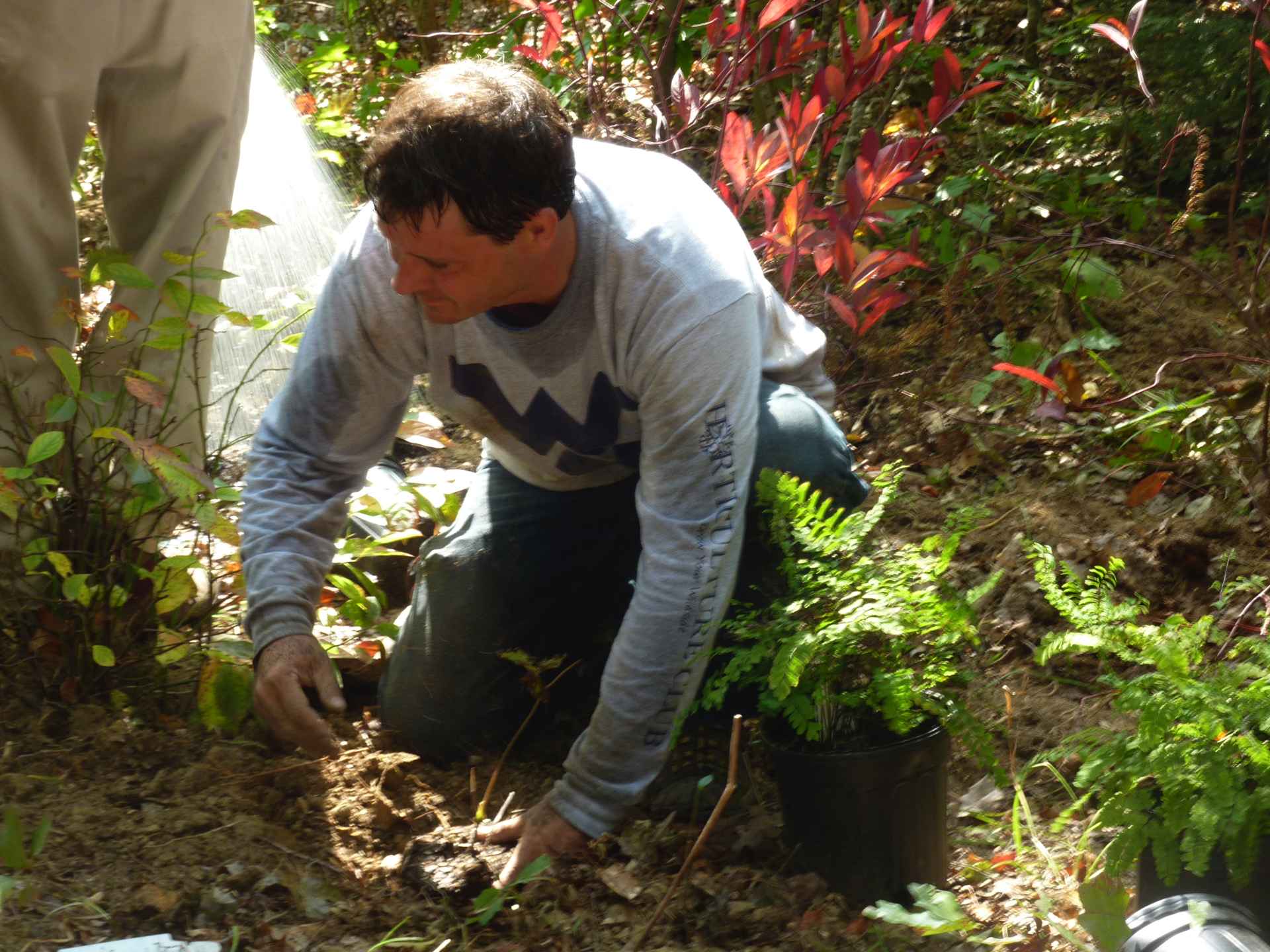
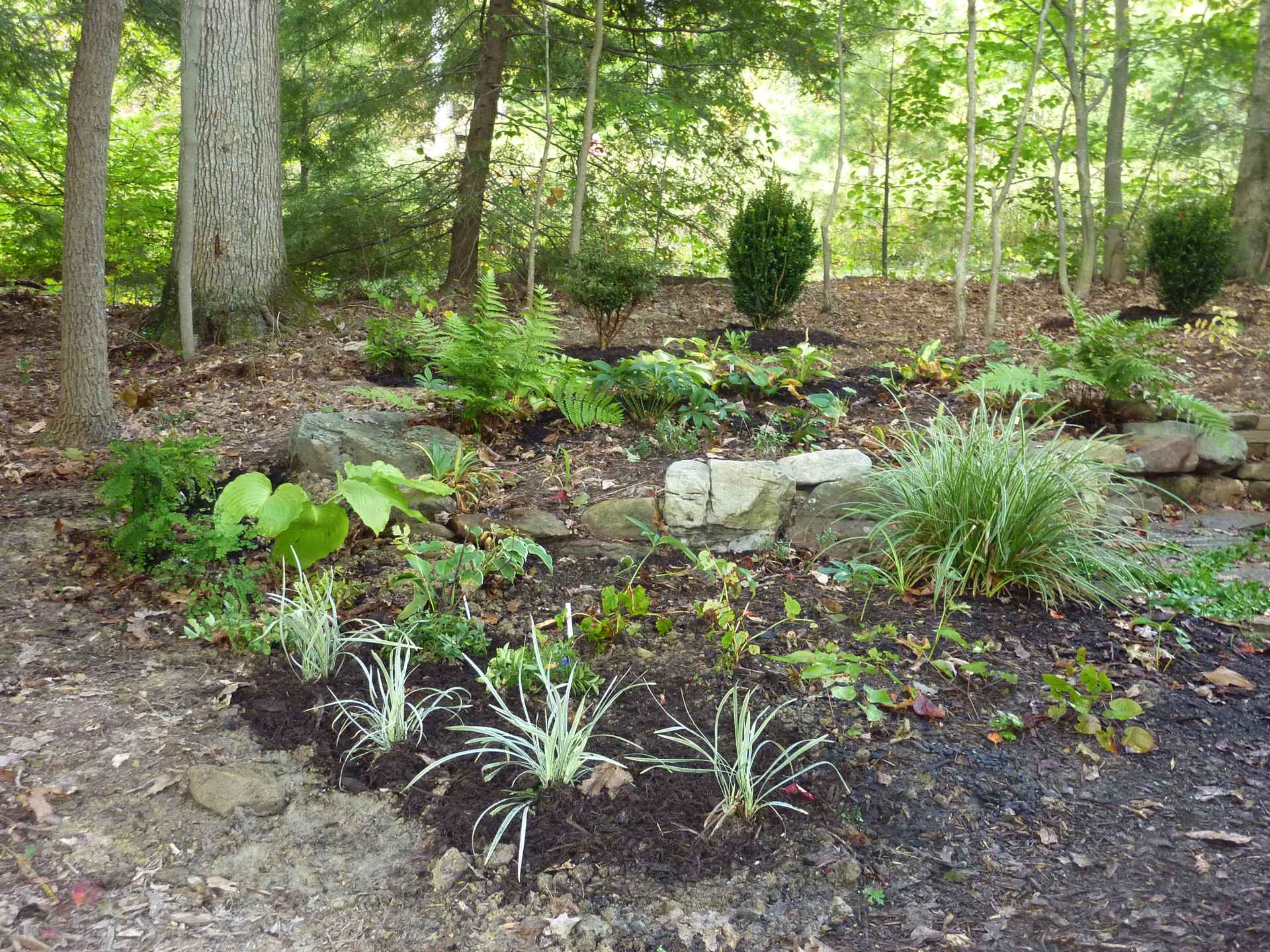
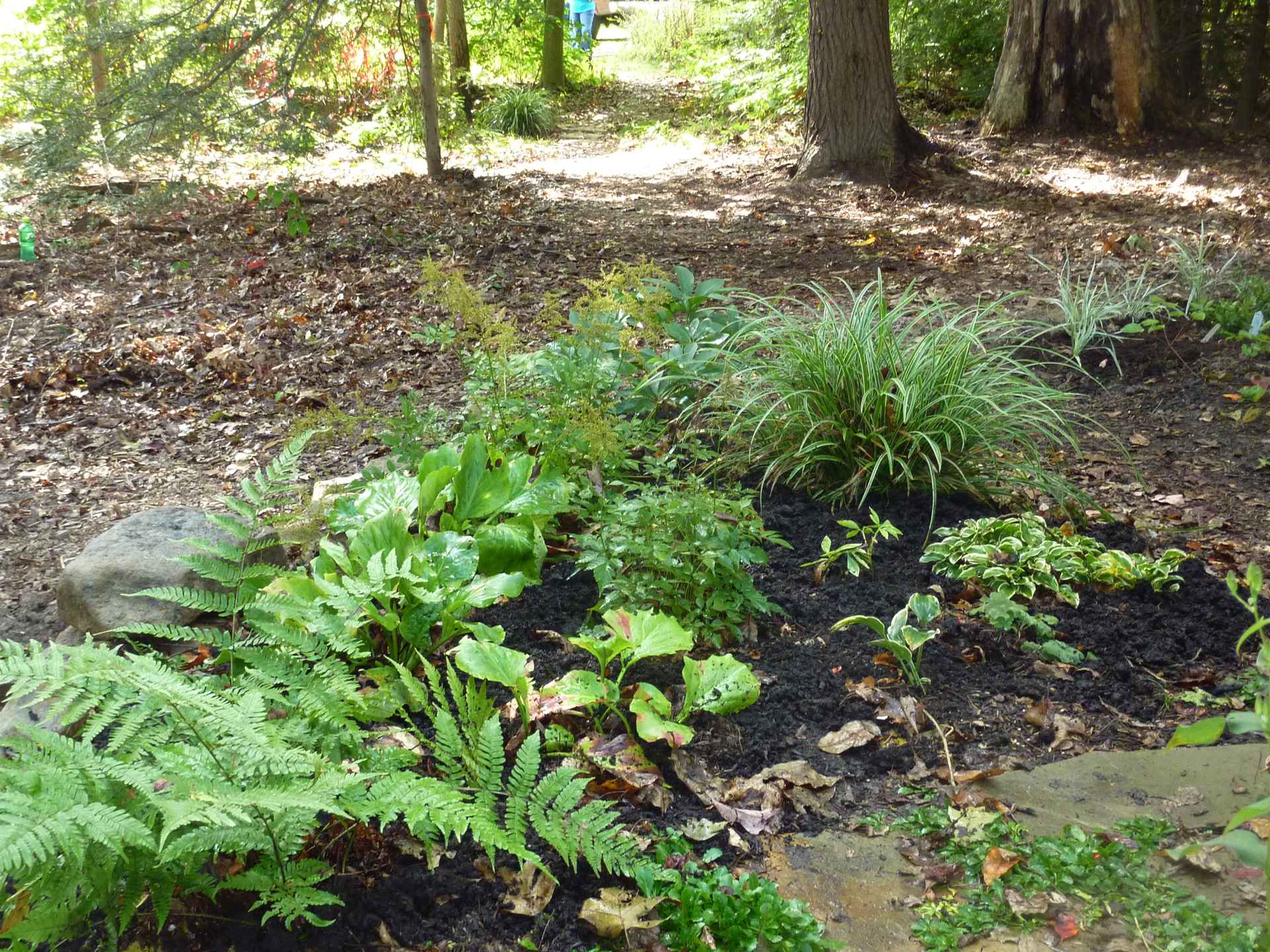
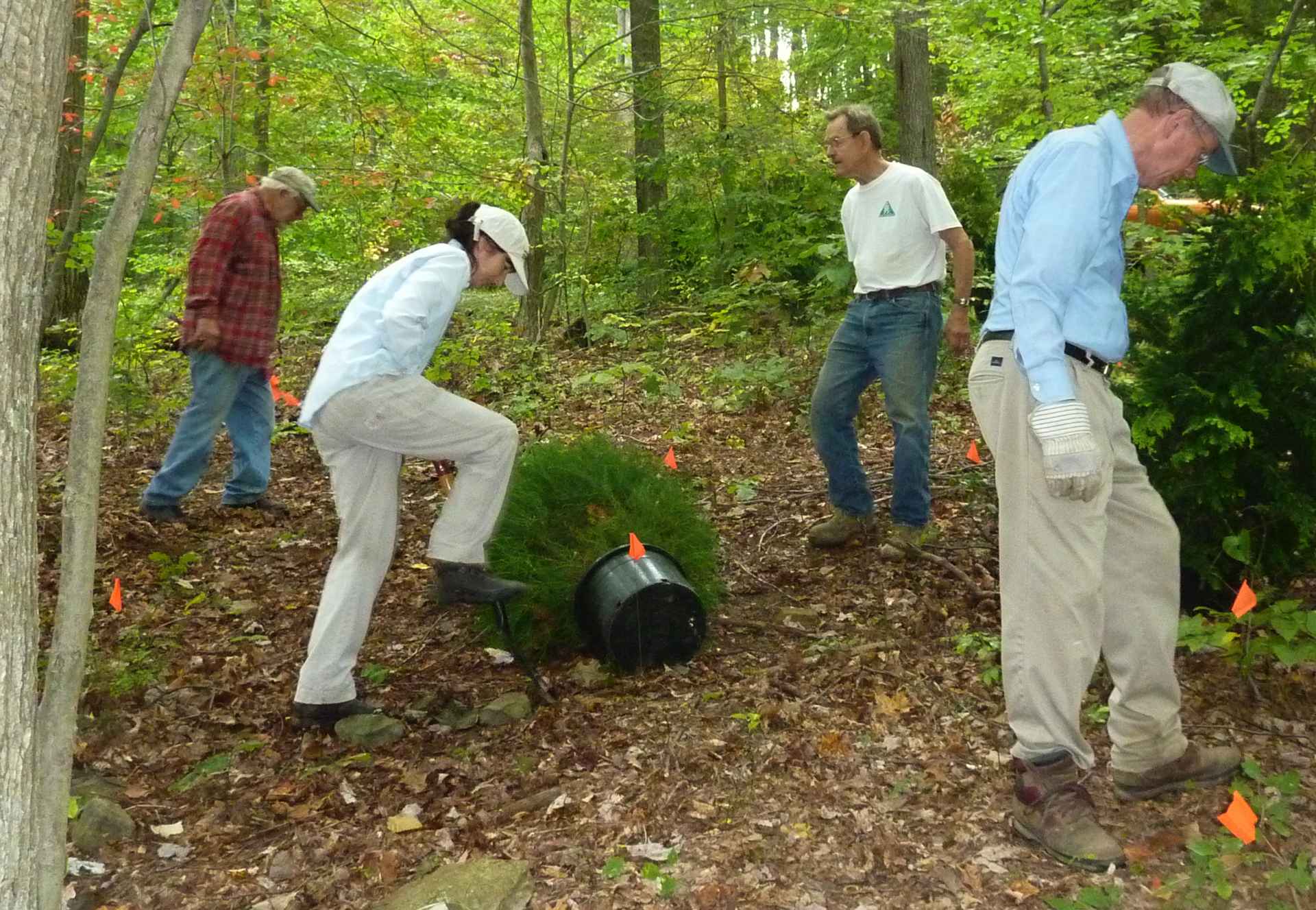
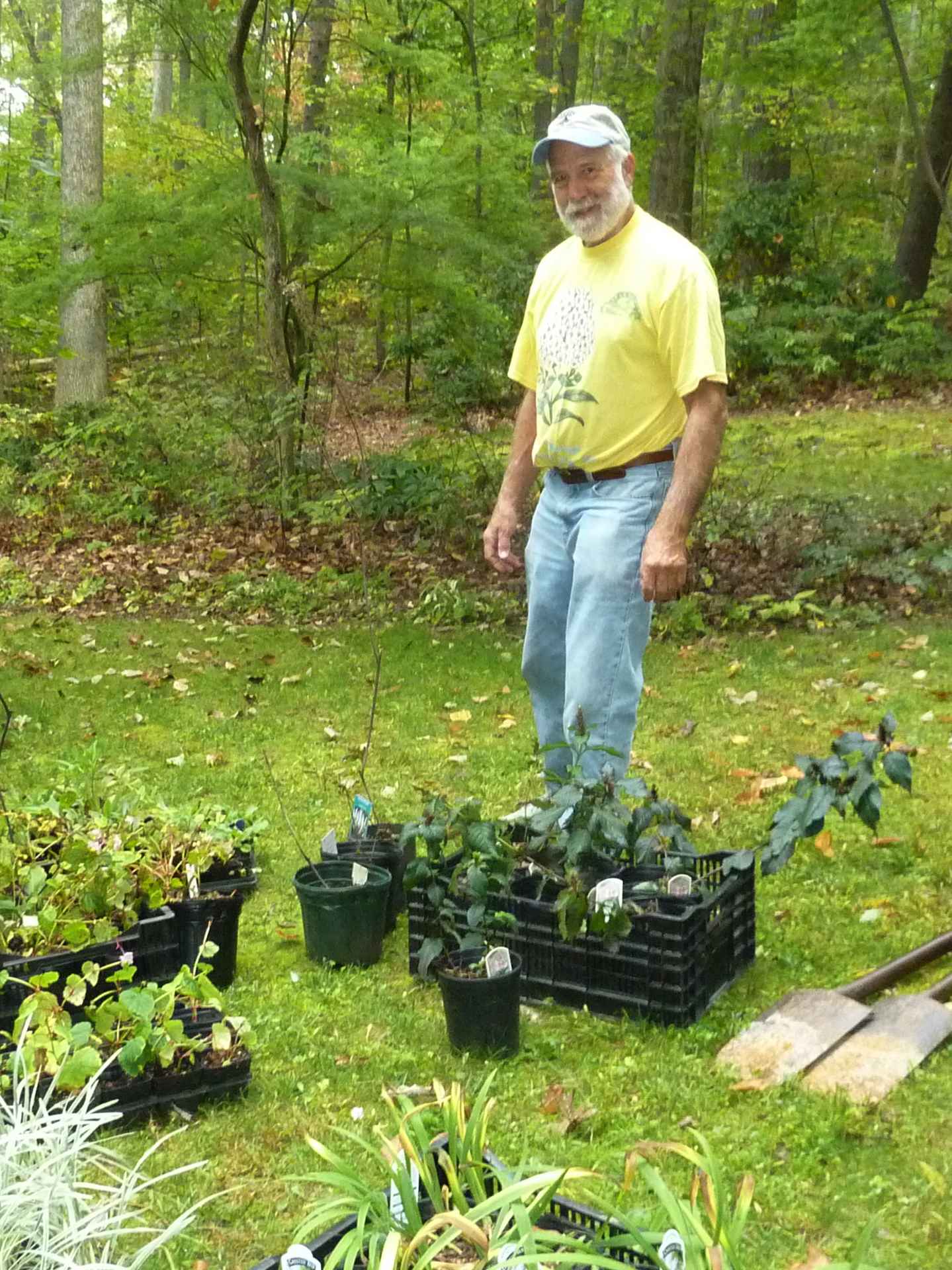
For the past several years, WVNLA has concentrated its volunteer and giving power on the West Virginia Botanic Garden (www.wvbg.org) in Morgantown, WV, making significant contributions as this unique garden flourishes. We have hosted several work parties in which members dug in with WVBG volunteers to plant materials donated by the Association.
Financial contributions have enabled WVBG leaders to purchase adjoining property and protect its view shed. We also arranged for and sponsored two noted garden consultants, Bill Noble, most recently of the Garden Conservancy, and Tres Fromme of the Atlanta Botanic Garden, to visit and study the garden and consult with its leaders. With assistance from WVNLA past president Bill Mills, Bill Noble developed a mission statement and master plan that will help move the garden into the future, while Tres developed a design for the garden’s core areas.
“These are very exciting times for the Garden. The work of these consultants will help the Garden move forward with a clear vision to become a place known and loved by all proud Mountaineers,” says Bill Mills.
2010: The Golden Girls Group Home
http://www.gggh.org
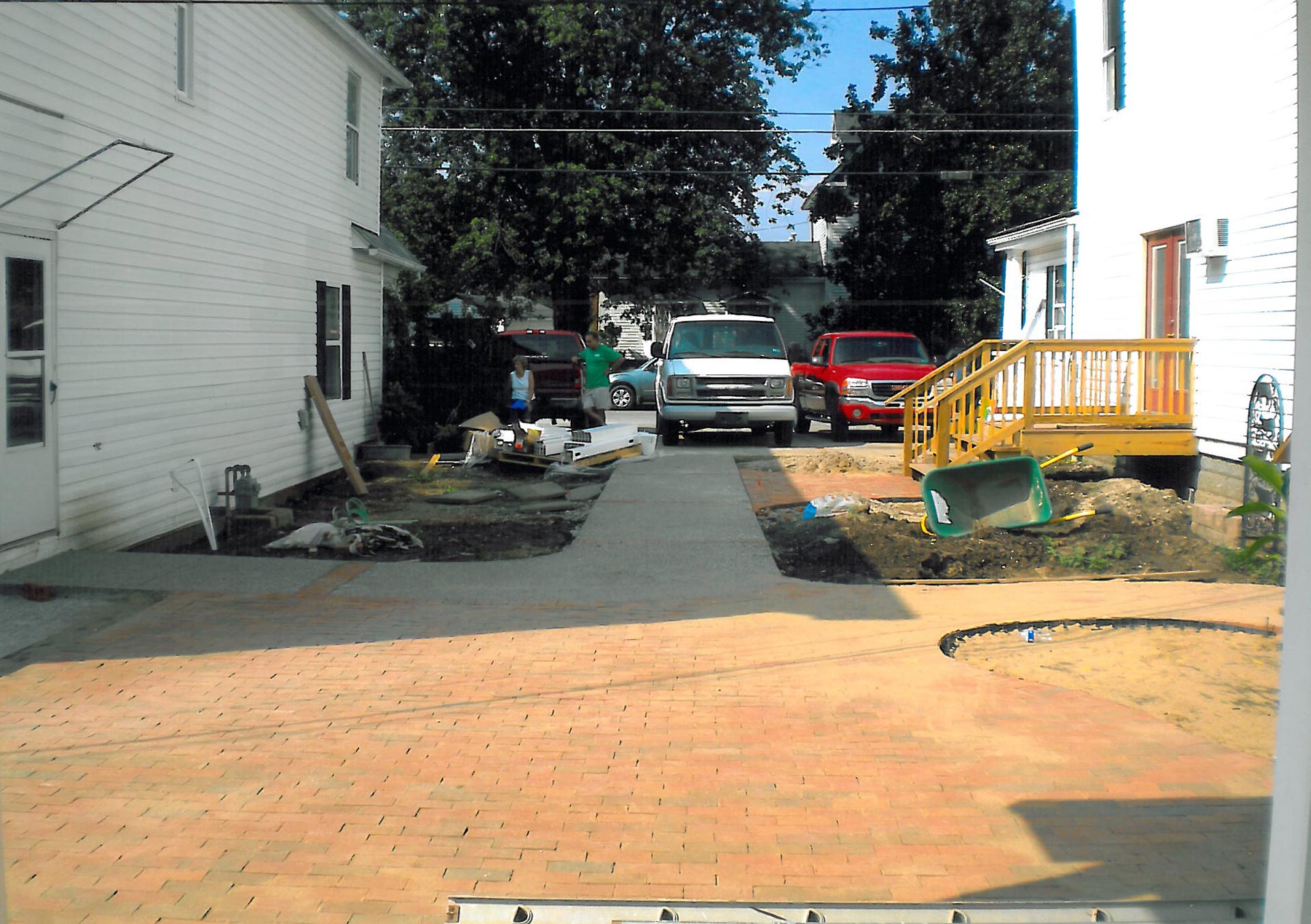
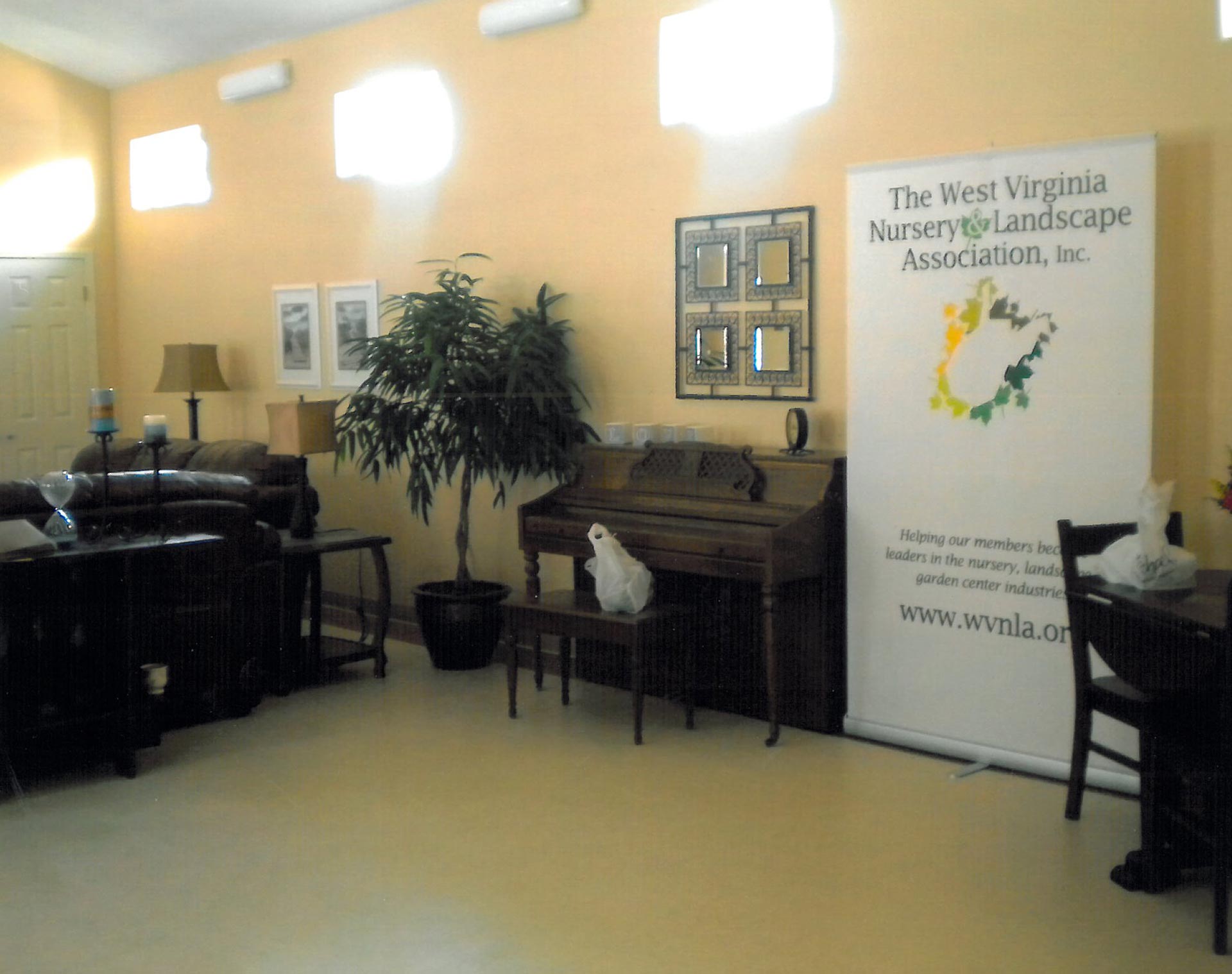
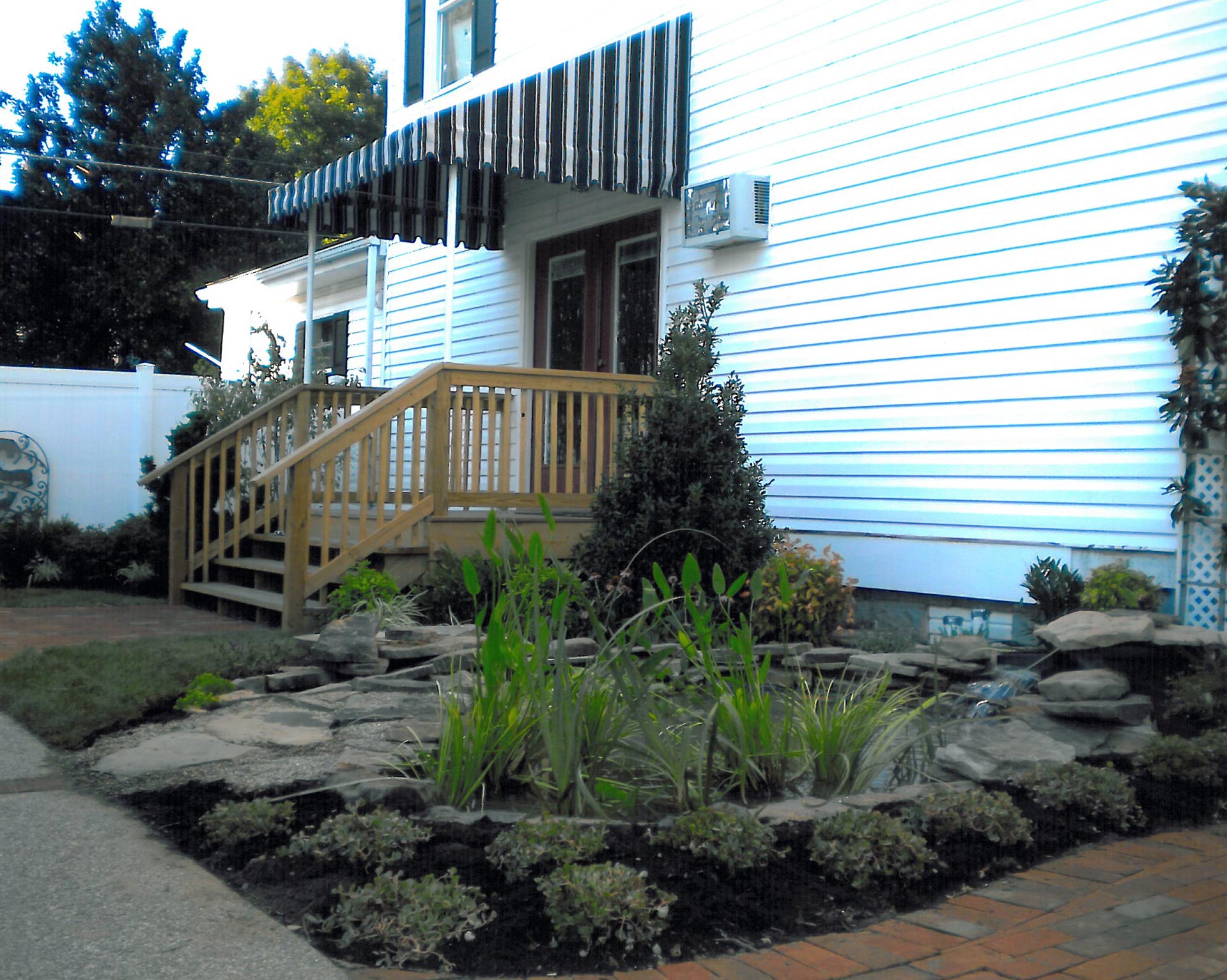
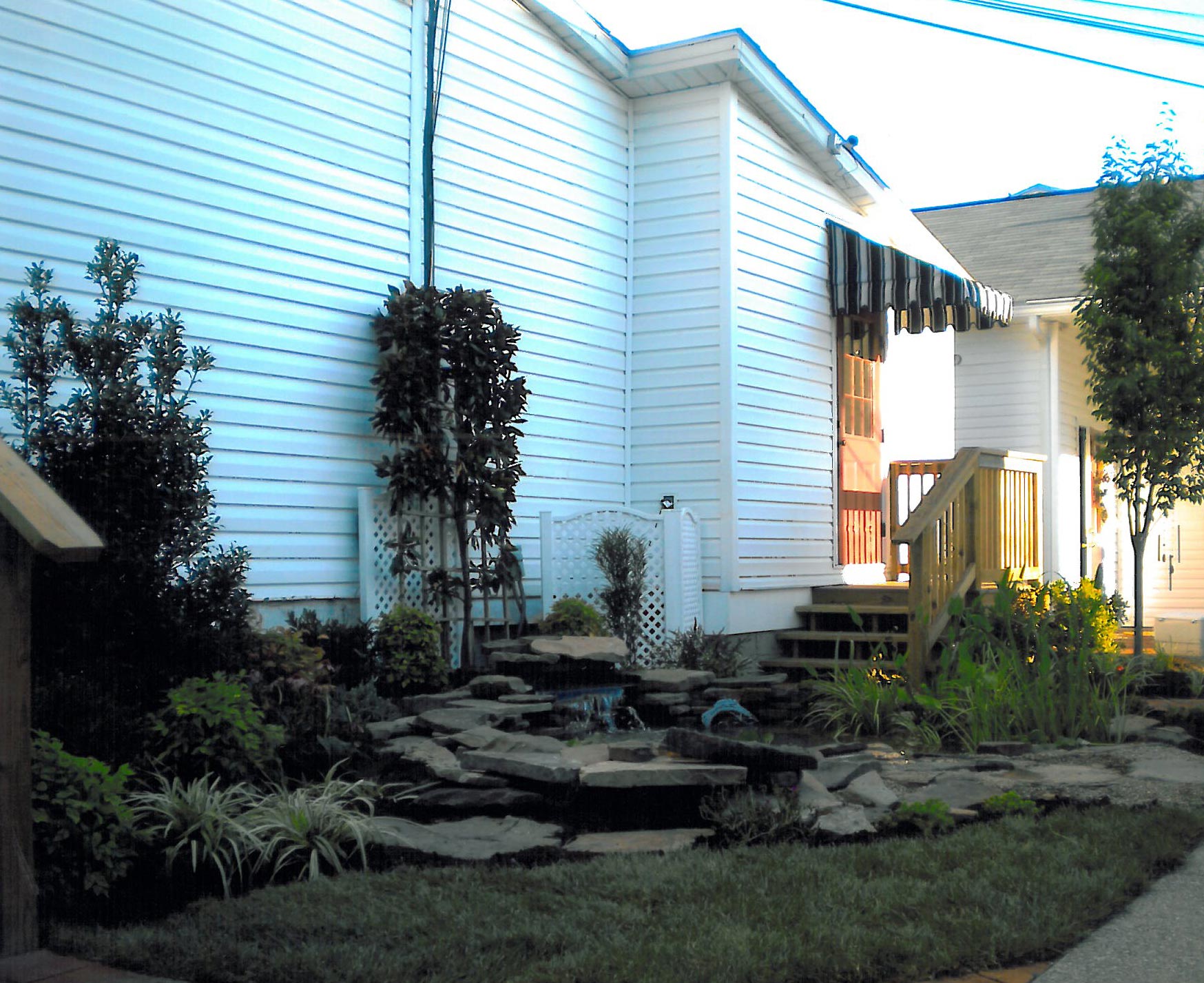
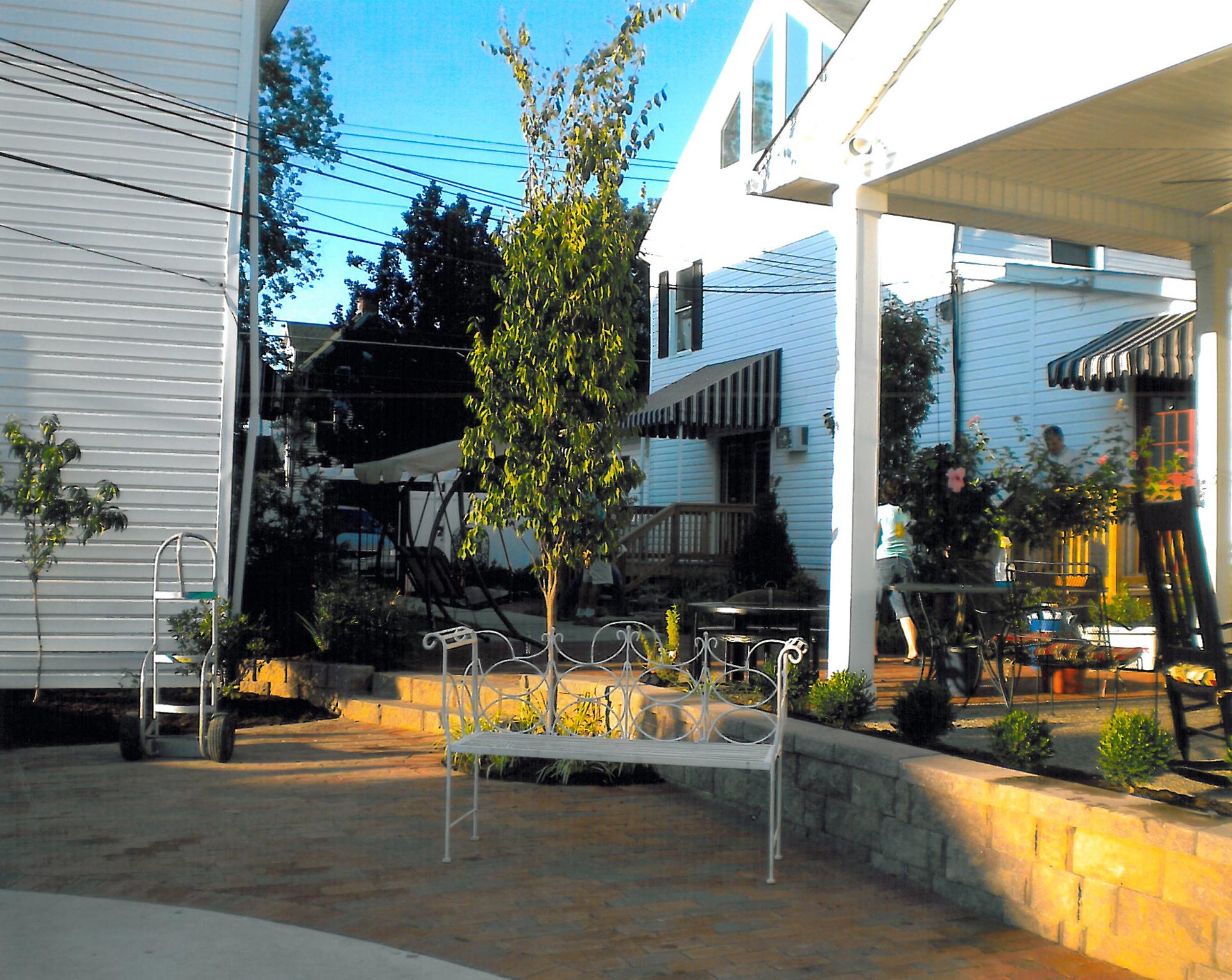
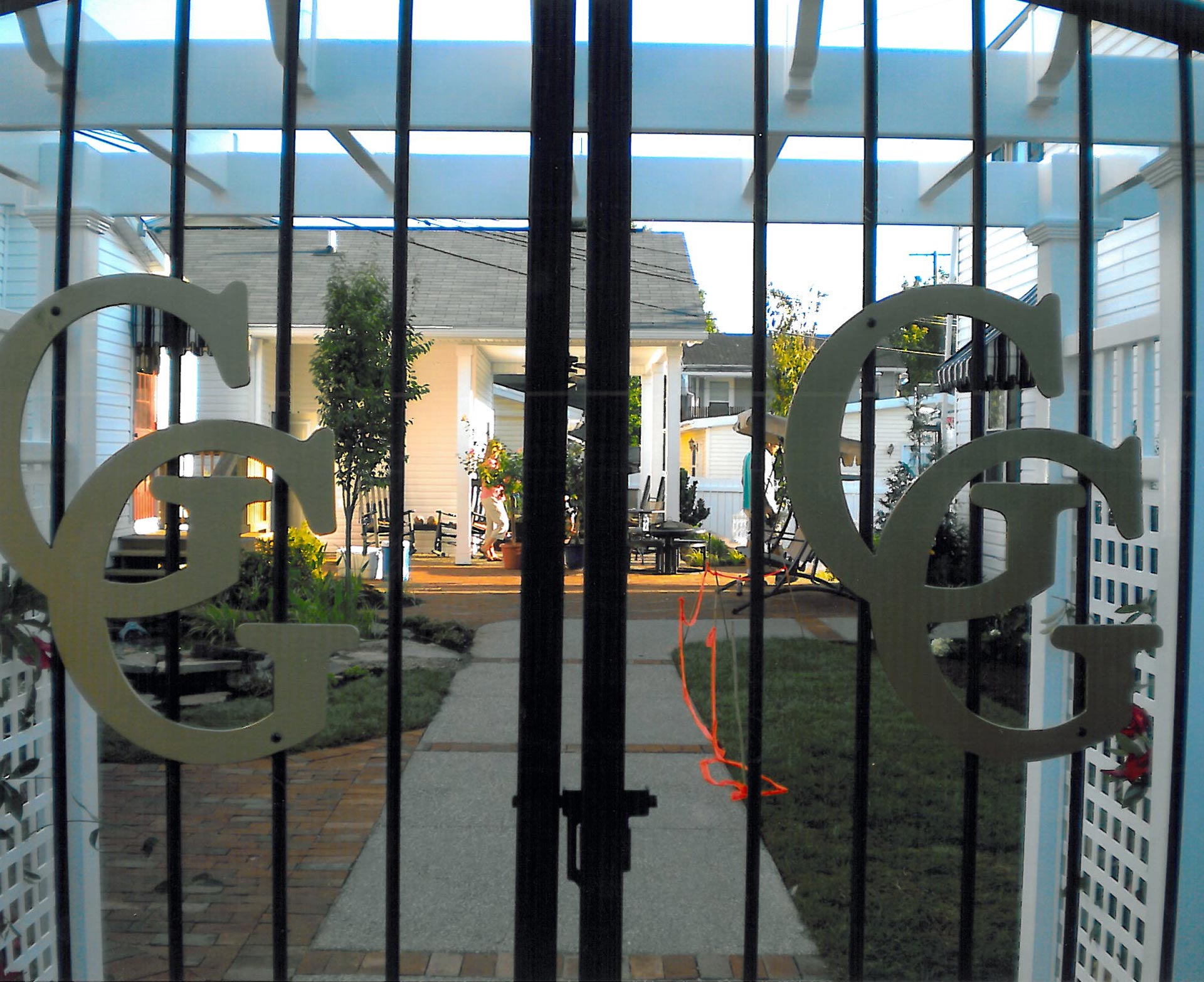
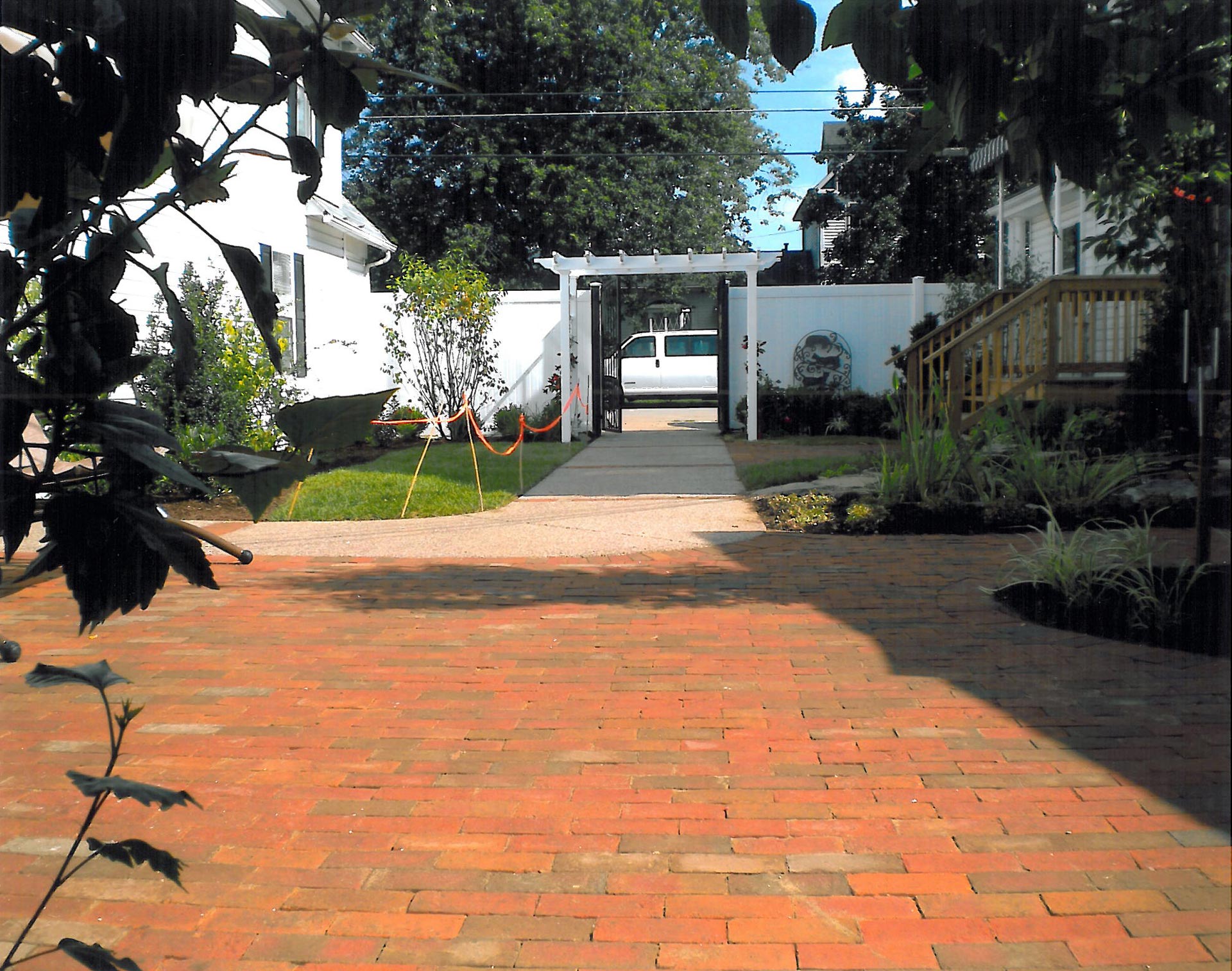
Golden Girl is licensed to serve 24 girls from ages 12 to 21; with remarkable success serving dependent, neglected and predelinquent girls who are unable to make a successful adjustment in their natural homes or foster care homes.
They encourage positive change and growth through a series of educational, recreational, treatment and support services in a warm, loving, and therapeutic environment. They continue at the original location in Ceredo, which is a small, quaint town. It is ideally located and within close proximity to schools, recreational facilities, cultural events, and medical services.
The WVNLA built the GGGH a new fellowship building, an outdoor kitchen, a pond, new fencing, an arbor and awnings, a basketball court, installed low-maintenance landscaping and created a centralized courtyard, integrating their campus buildings into a pleasant, peaceful space.
2009: The Raleigh County Women’s Resource Center
Serving victims of sexual assault and domestic violence and their families. WRC’s professional staff and volunteers provide advocacy, information and referral, community education, support and counseling to abuse victims.
The WVNLA updated the Resource Center’s green spaces, upgraded all soils for better plan health and development, rebuilt the vegetable garden, installed flowering plants and upgraded the recreational space.
2008: YWCA Sojourners Shelter
http://www.ywcacharleston.org
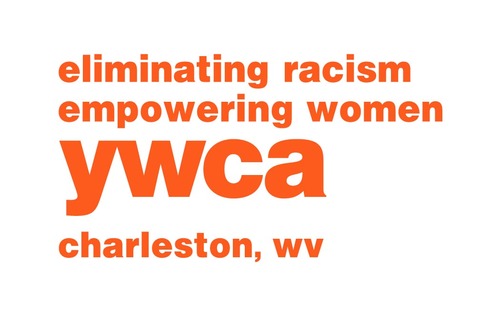
Sojourners provides emergency shelter and supportive services around the clock, every day of the year for homeless single women, women with children, men with custody of their children and intact families. This 75-bed facility offers a secure, healthy environment with crisis intervention, case management and counseling to help individuals achieve long-term self-sufficiency. We maintain a successful recidivism rate of about 5% annually, well below the national average of individuals returning to shelters. Children’s programs include computer and art classes, tutoring, drug-free education, supportive counseling and field trips.Recovering from and preventing future homelessness is our goal for all who take shelter with us.
The WVNLA created Sojourners an outdoor recreation space, a garden, a children’s play area, a basketball court and a picnic area where none had previously existed at this urban setting.

